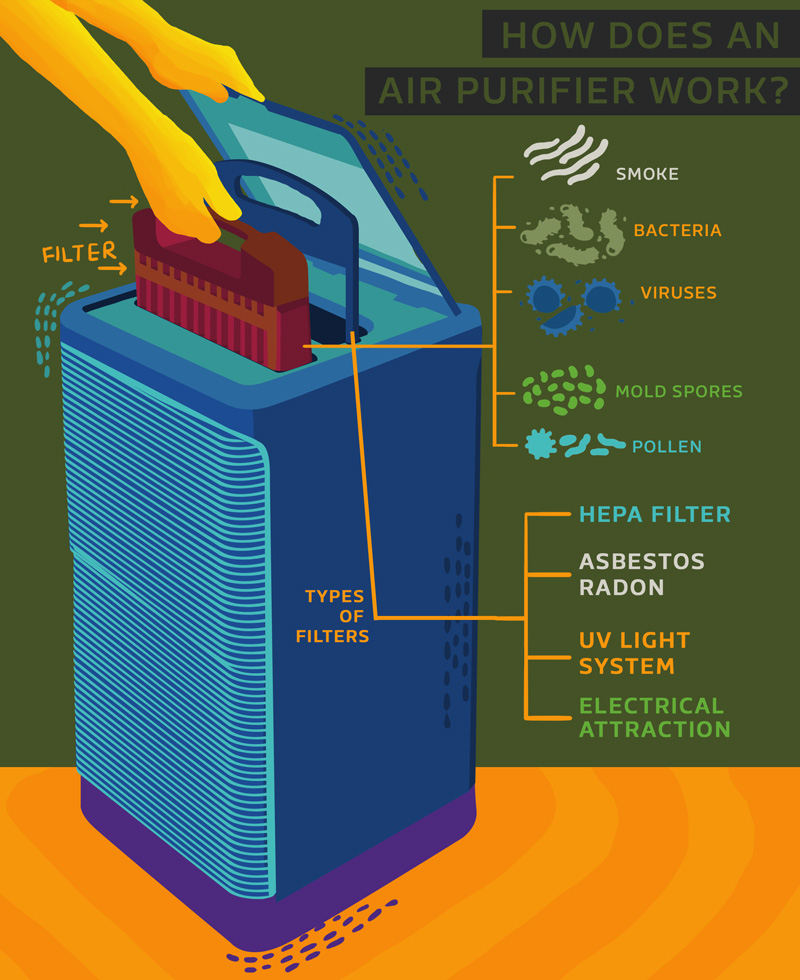The Future Of Home Heating - Exactly How Heatpump Technology Is Evolving
The Future Of Home Heating - Exactly How Heatpump Technology Is Evolving
Blog Article
Authored By-Skaaning Byrne
Heat pumps will be an essential modern technology for decarbonising home heating. In a scenario constant with governments' introduced power and environment commitments, their global ability increases by 2030, while their share in home heating rises to one-quarter.
They function best in well-insulated homes and depend on power, which can be supplied from a renewable power grid. Technical developments are making them extra effective, smarter and less expensive.
Fuel Cells
Heatpump utilize a compressor, refrigerant, coils and followers to relocate the air and heat in homes and devices. They can be powered by solar energy or electrical power from the grid. They have been gaining popularity because of their low cost, quiet operation and the capacity to create power during peak power demand.
Some business, like IdaTech and BG MicroGen, are working on fuel cells for home heating. These microgenerators can replace a gas boiler and create a few of a home's electric requirements with a connection to the electricity grid for the rest.
However there are reasons to be hesitant of using hydrogen for home heating, Rosenow states. It would be costly and ineffective contrasted to other modern technologies, and it would certainly add to carbon exhausts.
Smart and Connected Technologies
Smart home modern technology permits house owners to connect and regulate their gadgets remotely with making use of smartphone apps. As an example, wise thermostats can discover your home heating preferences and immediately adapt to enhance power consumption. Smart lighting systems can be controlled with voice commands and immediately shut off lights when you leave the room, decreasing energy waste. And Click To See More can check and handle your electric usage, allowing you to determine and limit energy-hungry home appliances.
The tech-savvy house illustrated in Carina's interview is a great image of how residents reconfigure space home heating methods in the light of new clever home innovations. They rely upon the devices' automatic features to carry out daily changes and regard them as a hassle-free means of conducting their heating practices. Because of this, they see no factor to adjust their methods even more in order to allow adaptability in their home power need, and interventions targeting at doing so may face resistance from these households.
Electrical power
Since heating homes represent 13% people exhausts, a button to cleaner choices can make a big difference. Yet the modern technology encounters challenges: It's costly and requires substantial home improvements. And it's not constantly compatible with renewable energy resources, such as solar and wind.
Until recently, electrical heatpump were as well costly to compete with gas models in most markets. But brand-new developments in layout and products are making them a lot more budget-friendly. And far better cool environment efficiency is enabling them to function well also in subzero temperatures.
The following action in decarbonising heating may be making use of warmth networks, which attract heat from a main resource, such as a neighboring river or sea inlet, and disperse it to a network of homes or structures. That would certainly minimize carbon discharges and allow houses to benefit from renewable resource, such as environment-friendly electrical energy from a grid supplied by renewables. This choice would be much less costly than changing to hydrogen, a nonrenewable fuel source that requires new infrastructure and would just decrease CO2 emissions by 5 percent if paired with boosted home insulation.
Renewable resource
As electrical energy rates go down, we're starting to see the same pattern in home heating that has actually driven electrical vehicles into the mainstream-- yet at an also quicker speed. The solid climate instance for impressive homes has actually been pushed additionally by brand-new research.
Renewables represent a considerable share of modern-day warmth intake, but have actually been given minimal plan focus globally contrasted to various other end-use markets-- and even less focus than power has. Partially, this mirrors a mix of consumer inertia, split incentives and, in numerous countries, aids for fossil fuels.
New modern technologies could make the shift simpler. For instance, heatpump can be made a lot more power reliable by replacing old R-22 refrigerants with brand-new ones that do not have the high GWPs of their precursors. Some specialists also envision district systems that attract heat from a neighboring river or sea inlet, like a Norwegian arm. The cozy water can then be used for heating and cooling in a neighborhood.